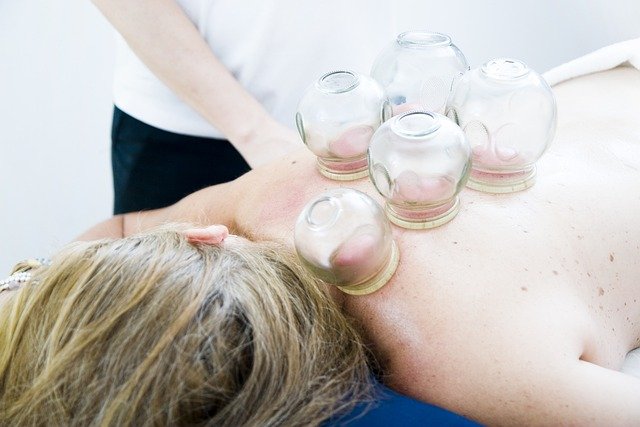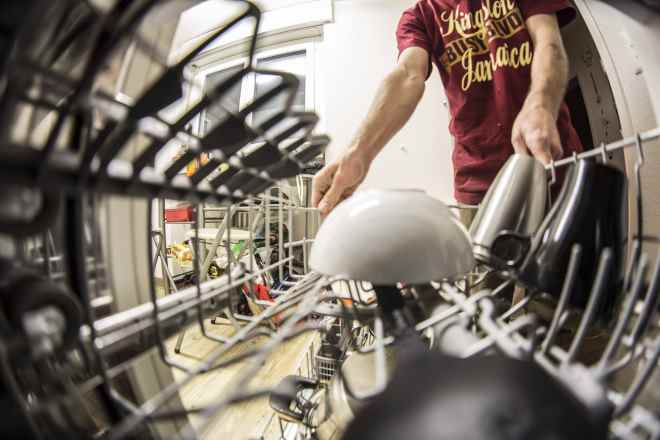A guide to finding the Asian massage that's right for you
When it comes to relaxation and wellness, Asian massage has gained worldwide recognition for its unique blend of tradition, healing, and rejuvenation. But with so many different types available, it can feel overwhelming to know which one is best for your body and mind. Whether you’re looking to ease stress, release muscle tension, or restore energy balance, there’s an Asian massage style that’s perfectly suited to you. Let’s explore some of the most popular techniques and what makes each of them special.

What are the traditional massage benefits for health and wellbeing
Traditional Asian massage practices focus on balancing energy flow throughout the body while addressing physical tension and stress. These techniques often incorporate principles of traditional medicine, viewing the body as an interconnected system where physical and mental health influence each other.
Regular massage sessions can help reduce muscle tension, improve circulation, and promote relaxation. Many people report better sleep quality, reduced stress levels, and increased flexibility after consistent treatment. The therapeutic benefits extend beyond physical relief, as these practices often emphasize mental clarity and emotional balance through mindful touch and breathing techniques.
How Traditional Thai Massage differs from other techniques
Traditional Thai Massage stands out for its dynamic approach, combining assisted stretching with pressure point work. Unlike table-based massages, Thai massage is typically performed on a floor mat with the client fully clothed in comfortable attire. The practitioner uses hands, elbows, knees, and feet to apply pressure while guiding the client through various stretches.
This technique focuses on energy lines called “sen” and incorporates yoga-like movements to improve flexibility and joint mobility. Sessions often last 90 minutes to two hours, allowing for comprehensive work on the entire body. The rhythmic nature of Thai massage creates a meditative experience that addresses both physical tension and mental stress.
Understanding Chinese Tui Na and its therapeutic approach
Chinese Tui Na represents one of the oldest massage traditions, dating back thousands of years as part of Traditional Chinese Medicine. This technique uses specific hand movements, including pushing, rolling, kneading, and pressing, to stimulate acupoints and meridians throughout the body.
Tui Na practitioners assess individual constitution and health concerns to customize treatment approaches. The technique can range from gentle and relaxing to vigorous and intense, depending on the client’s needs and the practitioner’s assessment. This method often incorporates herbal liniments or oils to enhance therapeutic effects and may include guidance on lifestyle modifications to support healing.
Creating your personal relaxation massage guide
Finding the right massage style requires considering your specific needs, preferences, and health goals. Begin by identifying whether you seek relaxation, pain relief, increased flexibility, or overall wellness support. Consider your comfort level with different intensities, from gentle Swedish-style techniques to more vigorous deep tissue work.
Location convenience plays a practical role in maintaining regular massage therapy. Research local practitioners’ training backgrounds, certifications, and specializations to ensure quality care. Many spas and wellness centers offer consultation sessions where you can discuss your needs and experience brief demonstrations of different techniques before committing to a full session.
Finding quality Asian massage services in your area
When searching for reputable massage providers locally, verify that practitioners hold appropriate licenses and certifications for their specialized techniques. Look for establishments that maintain clean, professional environments and clearly communicate their services and policies. Reading reviews from multiple sources can provide insights into other clients’ experiences and help set realistic expectations.
Professional massage therapists should conduct brief health assessments before treatment and explain their approach clearly. They should respect boundaries, maintain appropriate draping, and adjust pressure according to your comfort level. Established practices often offer package deals or membership options for regular clients seeking ongoing wellness support.
| Service Type | Average Session Cost | Duration | Best For |
|---|---|---|---|
| Traditional Thai Massage | $80-120 | 90-120 minutes | Flexibility, energy flow |
| Chinese Tui Na | $70-110 | 60-90 minutes | Specific health concerns |
| General Asian Relaxation | $60-100 | 60-75 minutes | Stress relief, general wellness |
| Combination Techniques | $90-130 | 90-120 minutes | Comprehensive treatment |
Prices, rates, or cost estimates mentioned in this article are based on the latest available information but may change over time. Independent research is advised before making financial decisions.
Preparing for your first Asian massage experience
Proper preparation enhances your massage experience and helps you receive maximum benefits from the session. Arrive well-hydrated and avoid heavy meals immediately before treatment. Communicate any health conditions, injuries, or areas of concern to your practitioner beforehand.
Wear comfortable, loose-fitting clothing for techniques like Thai massage, or prepare to undress to your comfort level for oil-based treatments. Most practices provide guidance on what to expect during your first visit, including facility tours and explanation of their specific protocols.
The diversity of Asian massage traditions offers something for nearly every wellness goal and preference. By understanding the unique characteristics of different techniques and taking time to research qualified practitioners in your area, you can discover approaches that support your health and relaxation needs effectively. Regular massage therapy, when integrated thoughtfully into your wellness routine, can contribute significantly to both physical comfort and mental well-being.
This article is for informational purposes only and should not be considered medical advice. Please consult a qualified healthcare professional for personalized guidance and treatment.




